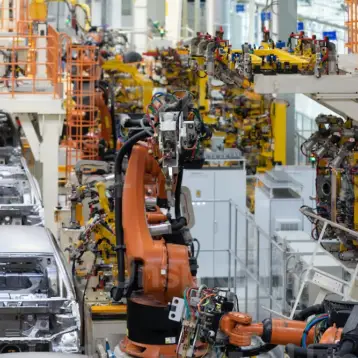|
One of the largest problems in the energy industry today is the transmission of power from the large power generating facilities to distant locations. The Hyperion Hydride Reactor is small and portable. According to its developers, the device provides the long-awaited solution to the need for cost-efficient, practical power sources in rural or remote locations. The module is sealed at the factory and is not opened until it needs to be “refueled” (the reactor has a uranium hydride core, surrounded by a hydrogen atmosphere). The manufacturer claims refueling should take place approximately every five years. The precautionary measures of containing the reactor and of completely burying the module at the operating site are designed to minimize the possibility of human incompetence or hostile tampering.
As water is not used in the process, there is no danger of polluting the local water sources. The Hyperion does not produce any greenhouse gases and produces only a tiny fraction of the waste produced by other types of reactors, making it relatively “cleaner”. The energy generated by a single Hyperion Hydride Reactor is approximately 27 MW. This is more than five times the output of the strongest wind turbine in the world, which measures 120-meters (394-feet) in height and has a 61.5-meter (200 feet) long rotor blade. However, an important advantage of the Hyperion Hydride Reactor over ‘green’ power sources is that unlike wind turbines or solar cells, it can continue to supply electricity constantly and will not stop producing energy when the wind stops or when there is no sunshine.
|
While the Hyperion looks like the perfect solution to many problems, anti-nuclear advocates are not convinced by the claims that Hyperion advertises. They state that the financial costs of mining and enriching uranium and of nuclear waste disposal are never completely factored in the calculations, and that having more nuclear materials around might lead to sabotage and theft attempts by terrorists. Despite the criticism against it, the patent for the nuclear fission reactor won the “Outstanding Technology Development” award in October 2003. Hyperion plans on opening a factory in New Mexico by late 2012, where about 4,000 of these reactors will be produced.
In 2006, TFOT covered a new concept for developing a battery-like device with a core of (radioactive) americium 242. Scientists in Israel suggested that the device be used in the International Space Station. More recently, TFOT covered the Japanese Space Solar Power Systems Project aimed at creating the world’s first space based power generation system.
To learn more about the Hyperion Hydride Reactor, check out the Hyperion Power Generation website.












